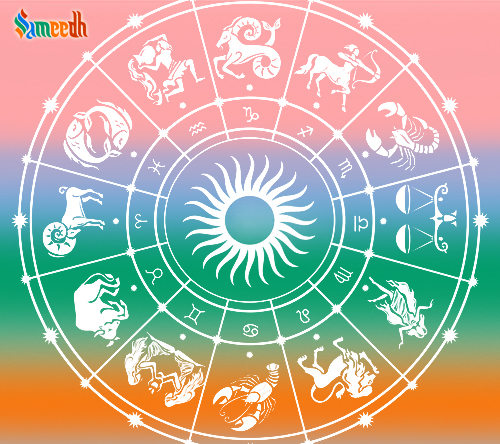In the context of the swastika symbol, the placement of dots or bindus can carry specific meanings, and these interpretations can vary based on cultural and religious contexts. The swastika itself is a symbol with a rich history and diverse meanings in different cultures, including Hinduism, Buddhism, and Jainism.
In some Hindu and Jain traditions, the swastik with four dots is associated with the four states of existence or the four goals of life, known as the “Purusharthas” in Hindu philosophy. The four dots are often arranged in the quadrants of the swastik, symbolizing the following:
- Dharm (Righteousness and Duty): The first dot represents dharm, which signifies righteousness, moral and ethical duties, and living in accordance with divine and cosmic order. Dharm refers to the moral, ethical, and social duties and responsibilities that individuals must uphold in their lives. It encompasses the righteous way of living and acting in accordance with divine and cosmic order. Dharm guides individuals to lead a virtuous and harmonious life, considering one’s duties to oneself, family, society, and the world.
- Arth (Wealth and Prosperity): The second dot represents arth, which refers to the pursuit of material wealth, success, and prosperity through legitimate means. Arth represents the pursuit of material well-being, wealth, and economic prosperity. It involves the acquisition of resources and assets necessary for a comfortable and stable life. Arth is not limited to personal wealth but also includes the well-being of society as a whole. The pursuit of arth is guided by dharm, ensuring that wealth is earned through ethical means and used for the greater good.
- Kam (Desire and Pleasure): The third dot represents kam, which represents the pursuit of love, pleasure, and aesthetic enjoyment. Kam refers to the pursuit of sensory and aesthetic pleasures, including love, passion, and enjoyment. It encompasses the fulfillment of desires related to the senses and emotions. While kam involves the pursuit of pleasure, it is expected to be within the boundaries set by dharm, ensuring that desires are pursued in a righteous and balanced manner.
- Moksh (Liberation and Spiritual Freedom): The fourth dot represents moksh, symbolizing liberation or spiritual freedom from the cycle of birth and death (samsar). Moksha is the ultimate goal of life and represents liberation from the cycle of birth and death (samsara). It involves realizing one’s true nature and attaining union with the divine (Brahman). Moksh is often associated with spiritual knowledge, self-realization, and the transcending of worldly attachments. It is considered the highest and most significant Purushartha.
The arrangement of these dots on the swastik emphasizes the holistic nature of life, encompassing ethical living, material prosperity, fulfilling desires, and ultimately attaining spiritual liberation.
It’s important to note that interpretations of symbols can vary, and the specific meaning of the four dots in a swastik may differ based on regional, cultural, or religious traditions. Additionally, the swastik has been used in various cultural and religious contexts worldwide, and its symbolism can vary significantly.
